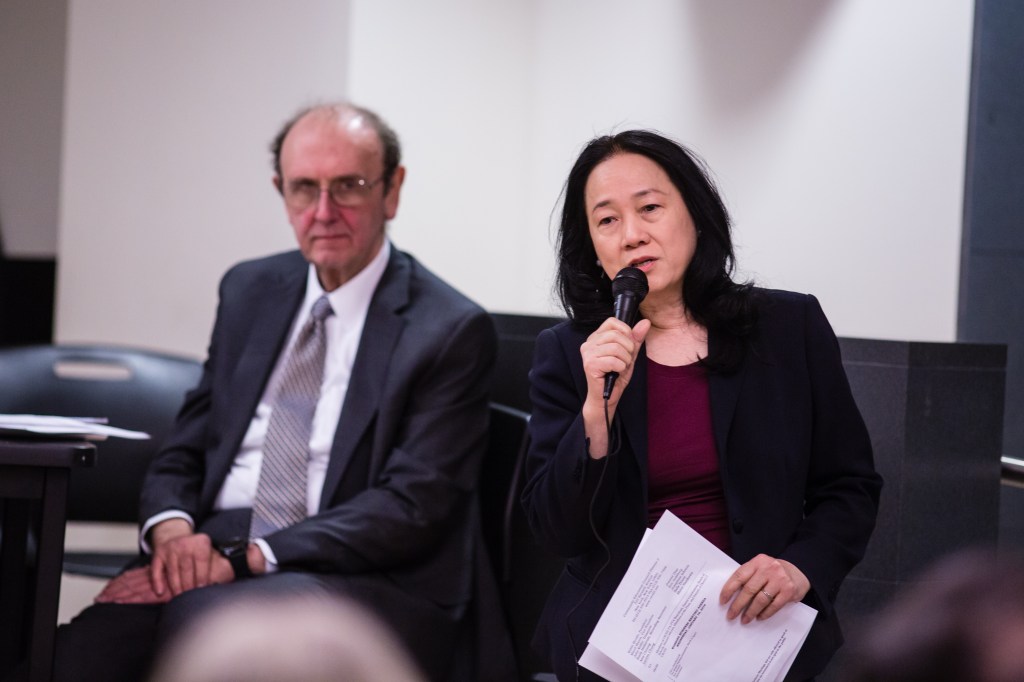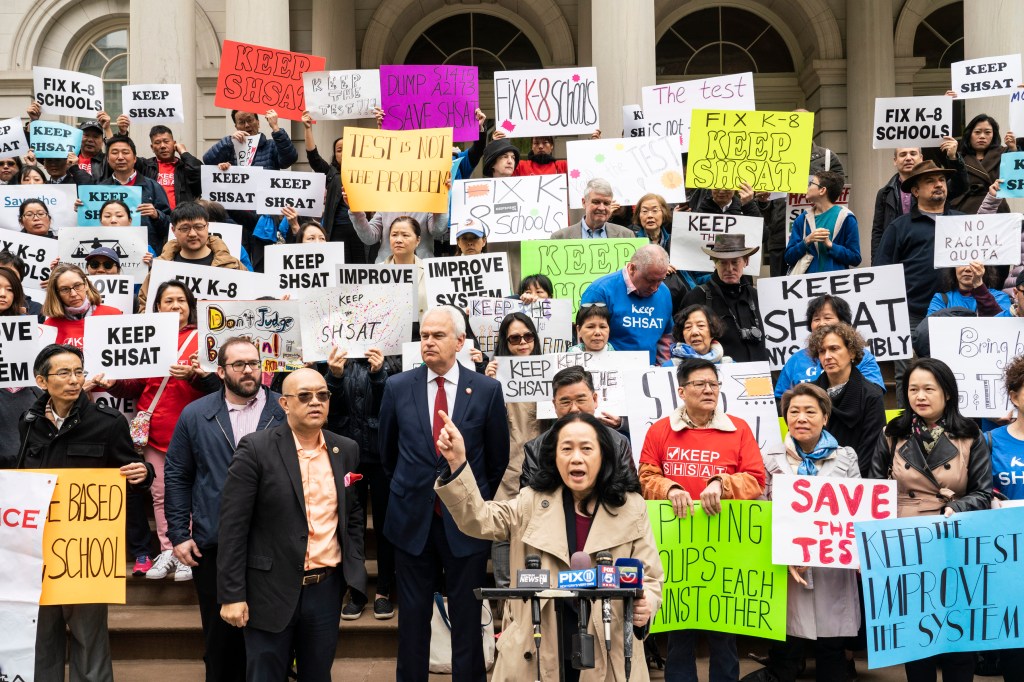How NYC mom Wai Wah Chin helped end affirmative action
A New York City mom-of-four was the secret weapon in the fight to end affirmative action in college admissions — leading to the Supreme Court’s blockbuster decision to outlaw controversial, race-based acceptance policies.
The landmark June ruling — spearheaded by conservative activist Edward Blum and his Students for Fair Admissions group — ended decades of precedent that had allowed schools to take race into consideration when deciding who to accept.
The decision also ended Blum’s years-long fight against affirmative action, which he argued discriminated against Asian-American and white students.
Blum in 2014 filed the two cases against Harvard University and the University of North Carolina that made it all the way to the high court.
He said it was all thanks to Wai Wah Chin, a Chinese-American mom who had spent years advocating for equality in Big Apple high schools.
“Wai Wah Chin was invaluable,” Blum told The Post.
“Wai has been a sherpa for me and others in helping to understand the dynamics of Asian-American families and that was essential for the organization.”
Chin — with her group, Chinese American Citizens Council of Greater New York — had led the campaign to stop former Mayor Bill de Blasio’s widely-blasted 2018 proposal to scrap the Specialized High School Admissions Test (SHSAT) for the city’s top public schools.
She had four kids attend New York’s specialized Stuyvesant High School in Manhattan.
Although Chin’s fight was focused on high schools, through her grassroots activism she was able to connect Blum with 10 plaintiffs who had been rejected by Harvard — making up 20% of the 50 plaintiffs in the case he brought against the elite university.
The legal scholar and former stockbroker had little success ending affirmative action before Chin.

He funded two losing cases brought by a family friend’s daughter, Abigail Fischer, against the University of Texas. Fischer, who is white, said the university had rejected her while African-American applicants with lower grades and test scores were admitted.
“He lost with Abigail Fisher and he needed to come back with a much more compelling story,” a source in Chin’s circle requesting anonymity told The Post.
“That New York City battle created a counter-movement that toppled affirmative action.”
Blum said Chin helped him learn how to “better speak to a rejected applicant and their families,” which helped him bolster his high-profile lawsuits.
Chin also organized rallies for Students for Fair Admissions.

“She played a significant role in organizing an event the day before the [October 2018] district court trial in [Boston’s] Copley Square,” Blum said, referring to the Harvard case.
“She was instrumental in the turnout there,” he said.
“Also, she organized a rally in October 2022 at the Supreme Court when oral arguments were made.”
University of California at Berkeley Law Professor John Yoo, who advised Blum on the Harvard case, said that the powerhouse NYC mom gave Blum the context and edge he needed to succeed.
“All the information that came from New York specialized high schools showed the justices that Harvard was not an isolated phenomenon,” Yoo told The Post.

Chin succeeded in protecting New York’s eight specialized high schools, which use the high-stakes SHSAT exam as the only criteria for admission. De Blasio’s proposal was dropped amid strong resistance before the end of his second term.
The former mayor had argued that abolishing the test would spur diversification, noting the lack of black and Latino kids at the competitive schools.
According to the latest citywide data, reported by NY1, students of Asian descent represented roughly half (53%) of those who got into the city’s specialized high schools based solely on test results. That’s despite Asian-Americans making up just 17% of Big Apple public school students.
Critics argued that de Blasio’s proposal unfairly penalized Asian students while giving politicians an easy way out of improving middle schools across the board.
“The New York City case was a very high-profile endeavor for those of us in the legal movement of race and ethnicity,” Blum said.
Read the full article Here


